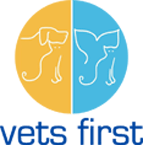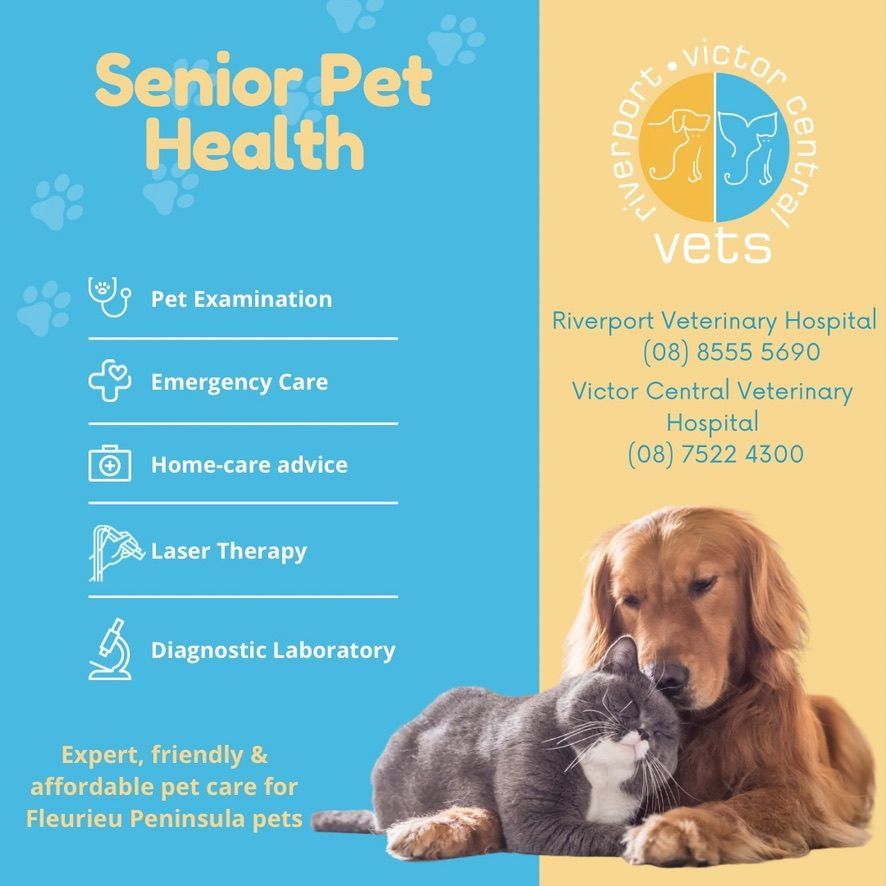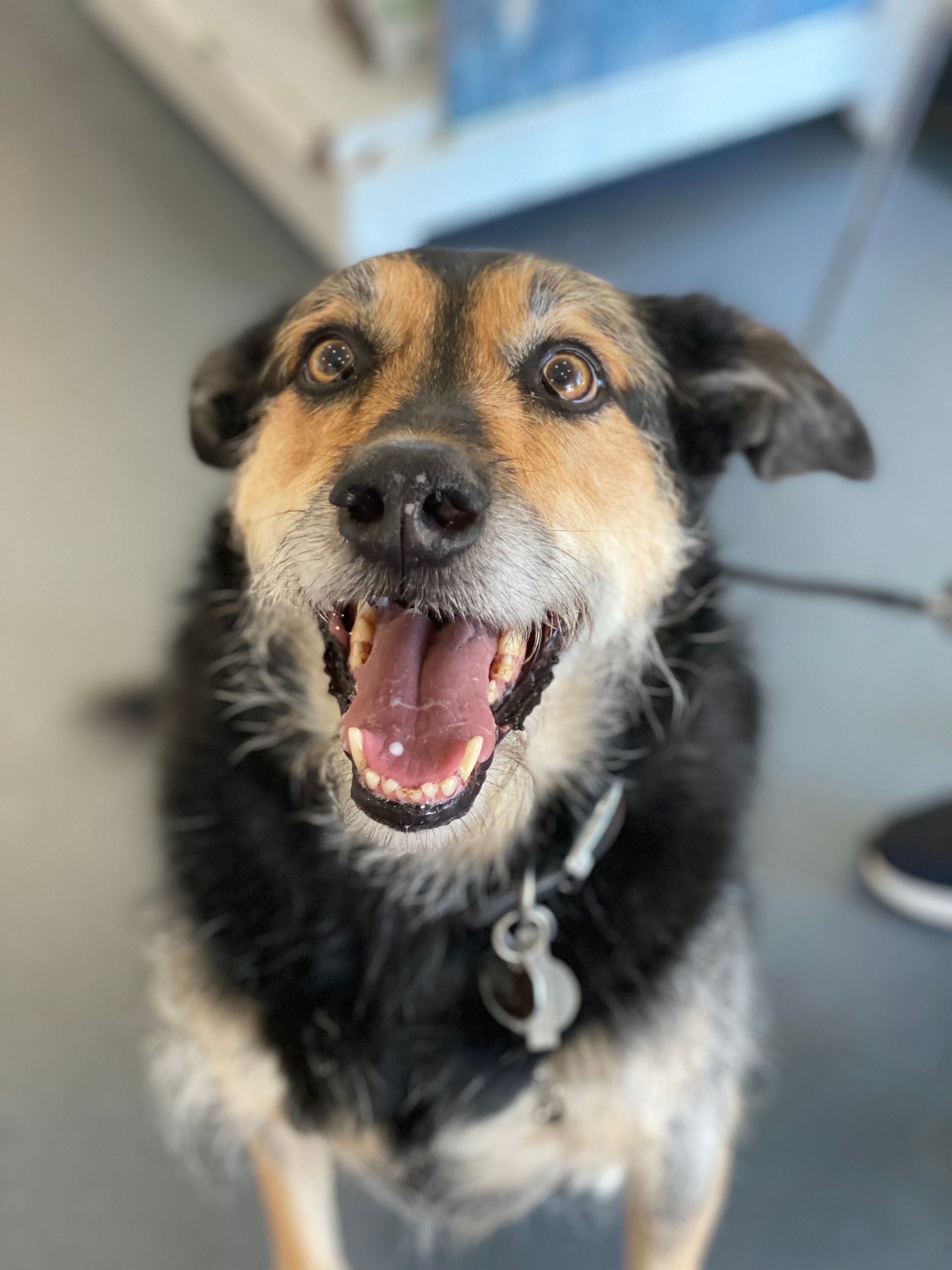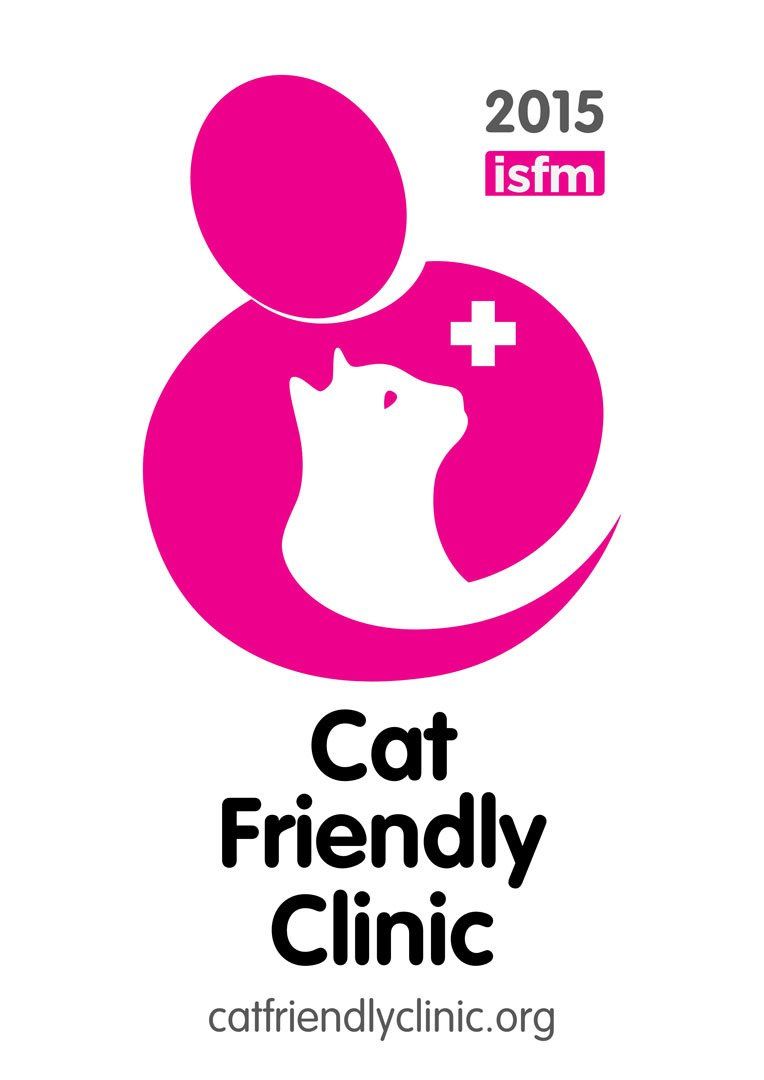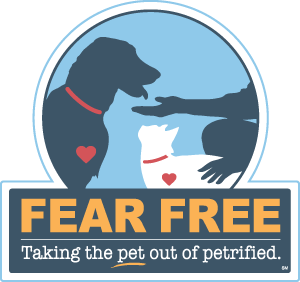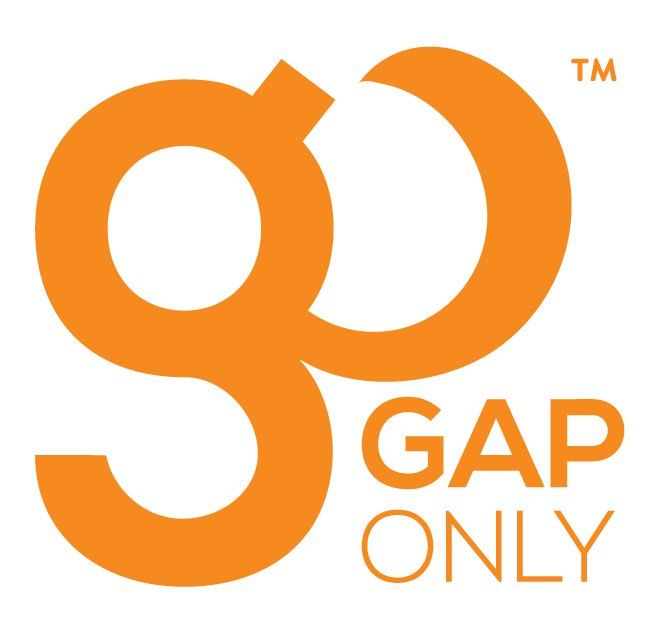Blog
What’s the Deal with Grain-Free Pet Food?
31 July 2018
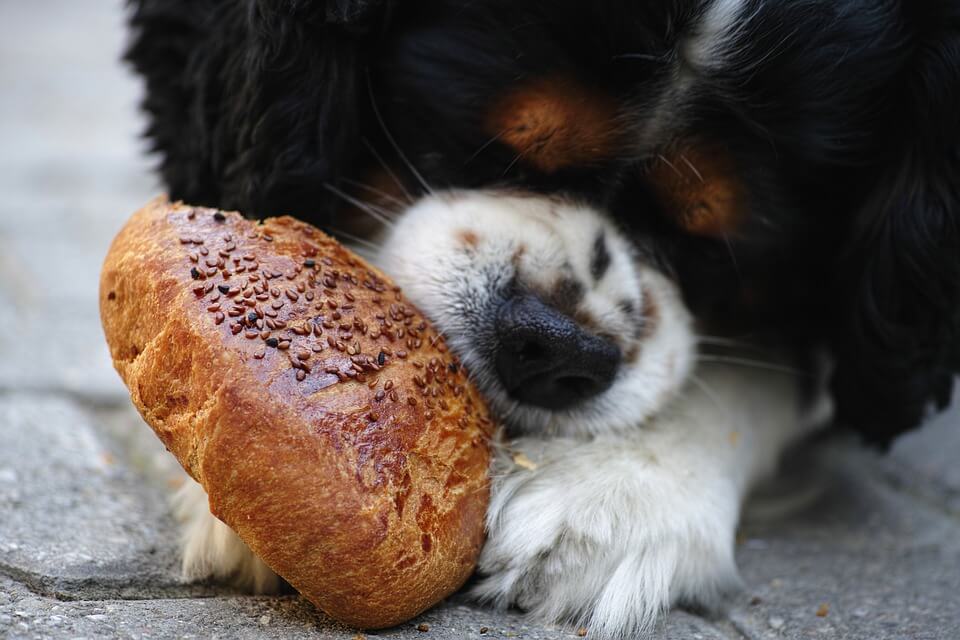
Grain-free pet food is the latest craze sweeping the pet industry – diets that are free from grain ‘fillers’ and thus seen as more natural and healthier. But is this really the case?
Having a healthy pet often starts in the food bowl. Our furry friends are a part of the family, and so they deserve the best. But what is the best? There are so many specialty foods, brands and prices that it’s hard to know what your pooch or kitty needs.
At the end of the day – like you – your pet needs a complete diet. Deficiencies can result in disease, decreased energy and shorter life expectancy – so we know that a healthy diet is essential.
Please know that this is not a blog trying to poo-poo grain-free diets – they certainly have a place in the nutrition world and in many cases it is a step in the right direction. What we’re trying to do is keep you informed so you can make the best decisions for your animal’s health.
The first thing we should understand is why are people keen on grain-free pet foods, and the truth behind the perceived benefits?
Before we start however, let’s clear up a couple of things:
- Grains are not the only carbohydrates in pet food.
- Carbohydrates include cereal/grains, starch (potatoes), glucose/fructose (fruits).
- Carbohydrates as a whole are the main concerning content in pet food as they provide the majority of calorie content.
So, why are grain-free pet foods so popular, and what’s the truth behind them?
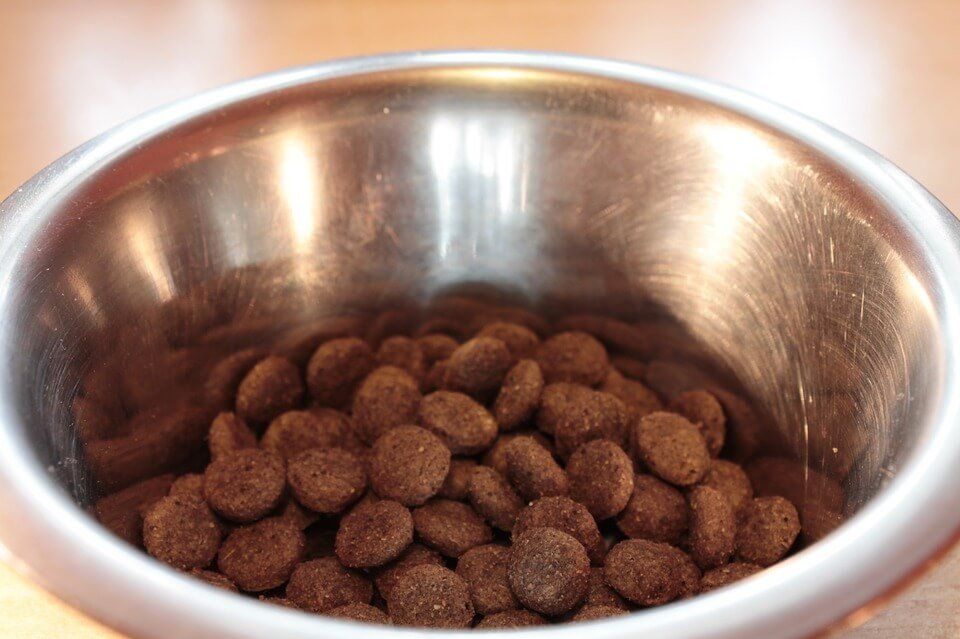
Grains Are Fillers in Pet Food That Offer Minimal Nutritional Value, and Are Just Present to Keep the Cost Low.
In many cases this is true. Many cereals and carbohydrates used in cheaper dog foods are a byproduct of human-related processing activities and thus are a cheap, convenient filler for dogs. These cheaper foods can contain up to four times
the amount of carbohydrates compared to meat. Dogs and cats did not evolve to process this much, but they have evolved to eat some (see next point). In essence, you pay for what you get. But there are many GOOD grains that are a great source of macro and micro nutrients, and are fundamentally important to diets IN MODERATION. This includes corn, oats, quinoa, barley and buckwheat.
Grain-free pet foods do not contain these important sources of nutrients, so you have to ensure any grain-free diet you get has been supplemented with the right stuff.
Grain-Free Pet Food Is More Natural – Wolves and Other Dog Ancestors Never Ate Grain and Cats Are Carnivores!
First things first – dogs evolved from wolves and such to be domesticated with humans over 30,000 years ago. They are not wolves. They have evolved several genes that allow them to produce enzymes to break down carbohydrates and grains – though not the enzymes to break down lactose.
Also remember that both dogs and cats do ingest grains whenever they eat live prey. When consuming herbivores they eat the whole animal; stomach contents included – and this can be 30-40% the prey’s body weight! Carbs (and thus grains) are natural. What isn’t natural is >40% of their diet being carbs.
Grains Cause Food Allergies.
Food allergies in pets are certainly on the rise, especially in our canine friends. In a study of 297 dogs with food allergies the most common cause of food allergies was actually beef products (34% animals affected), followed by dairy (17%), chicken (15%) and then wheat (13%). So yes, animals can get an allergy to grains, but surprisingly it’s actually far more likely to be the protein content of their diet that is to blame.
Grain-Free Pet Food Is Low in Carbohydrates.
This is certainly not true for all diets, especially your cheaper brands. If you took out all your carbs, you’d be paying for beef jerky (and beef jerky is not cheap). So if you’re still paying a low price, but there isn’t any grain ‘filler’ in there, then what have they added to make it so cheap? The answer 9 times out of 10 is potato. As a chip addict, I can confirm that potato does not hold significant nutritional value. It is a filler. You’re essentially swapping one filler for another. If you look at the ingredients and it says ‘vegetables’ or ‘vegetable proteins’, the vague nature should be warning enough. It’s just hiding the fact that you’re getting a 50% potato or low-quality veggie waste diet. The premium grain-free diets are much better balanced to their supermarket counterparts as they’ll use products like tapioca, peas, split beans, carrot and sweet potato to make up that calorie content.
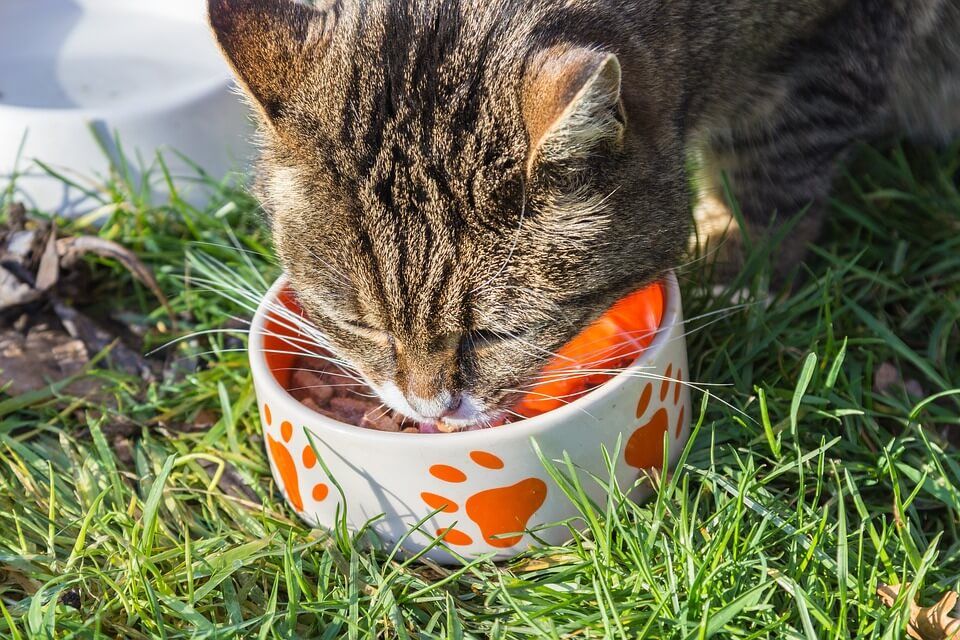
Take Home Messages:
- High carbohydrate meals are the issue, not necessarily high grain
- You pay for what you get
- Cheap grain-free food just replaces grain for low-quality starch. This is not better
- Dogs and cats have evolved to have carbs (including grains) but IN MODERATION
This has been my understanding of the grain-free phenomenon sweeping the nation, but I’d love to hear from you about any thoughts or concerns.
Until next time, have a great day!
Dr Tina
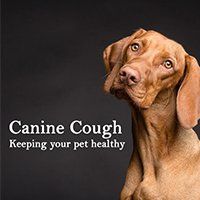
A simple cough. You’d know what to do if you had a cough – cough syrup. You’d know what to do if your partner had a cough – tell them to harden up. But your dog? Your beloved pooch! What do you do then? Let’s put your mind to ease to start with. If you have a dog that doesn’t have an underlying heart condition, and are otherwise happy and healthy, you’re probably dealing with canine cough (aka Kennel Cough) – a contagious, but thankfully self-resolving upper respiratory infection.

Cats love getting into things they shouldn’t. It might be stealing your socks. It might be clawing the couch. It might even be eating that roast you left out to cool while you set the table. They sense your disapproval and go for it! But what are the things they really shouldn’t get into? In this blog we’ll look at the top three toxicities we see at our clinic in cats, the signs to look out for and the harm it causes. Other toxicities include onions, garlic, chocolate, grapes, some human medicines, rat bait, snail bait and fertilisers. For any of these conditions, call your vet IMMEDIATELY if your animal has ingested these products.



